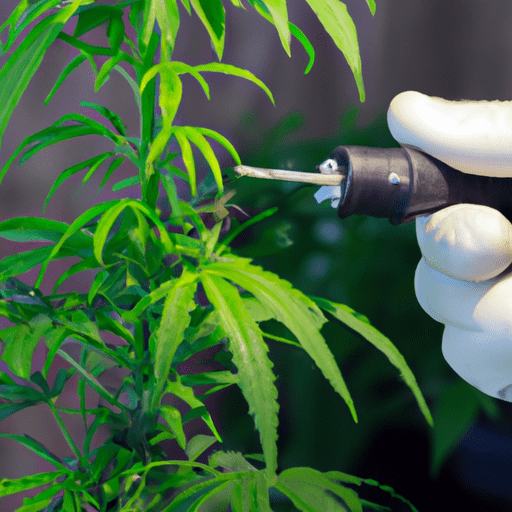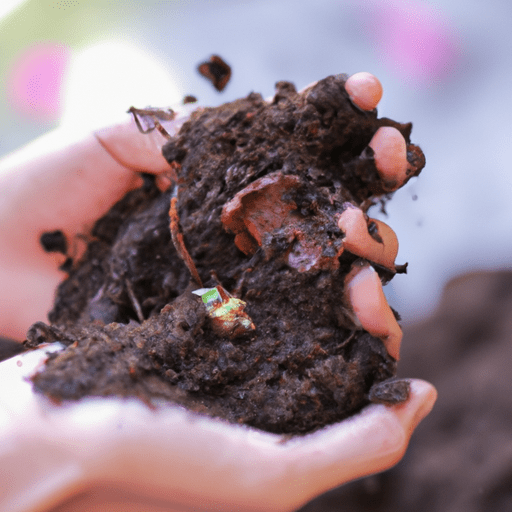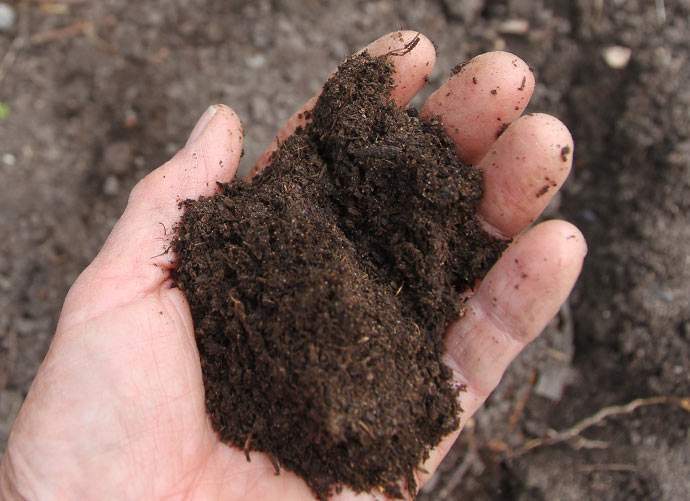-
Table of Contents
- Introduction
- The Benefits of Using Organic Pesticides and Fungicides on Cannabis Plants
- Natural Solutions for Fighting Pests and Diseases in Cannabis Plants
- Preventative Measures to Keep Pests and Diseases Away from Cannabis Plants
- Understanding the Life Cycle of Cannabis Pests and Diseases
- Identifying Common Pests and Diseases in Cannabis Plants
- Conclusion
“Protect Your Plants – Fight Pests and Disease with Cannabis Care!”
Introduction
Cannabis plants are susceptible to pests and diseases, just like any other plant. If left unchecked, these pests and diseases can cause significant damage to your plants and reduce the quality of your harvest. Fortunately, there are a number of steps you can take to protect your plants from pests and diseases. In this guide, we’ll discuss the most effective methods for fighting pests and disease in cannabis plants, including preventive measures, natural remedies, and chemical treatments. With the right approach, you can keep your plants healthy and maximize your yields.
The Benefits of Using Organic Pesticides and Fungicides on Cannabis Plants
Organic pesticides and fungicides are becoming increasingly popular among cannabis growers due to their natural, non-toxic properties. These products are derived from natural sources such as plants, minerals, and animals, and are designed to control pests and diseases without harming the environment or the plants themselves. Organic pesticides and fungicides offer a number of benefits to cannabis growers, including improved yields, reduced risk of contamination, and improved plant health.
Organic pesticides and fungicides are effective at controlling a wide range of pests and diseases, including mites, aphids, whiteflies, and powdery mildew. These products are designed to target specific pests and diseases, allowing growers to target the problem without harming beneficial insects or other plants. Organic pesticides and fungicides are also less likely to cause resistance in pests, meaning they can be used for longer periods of time without losing their effectiveness.
Organic pesticides and fungicides are also safer for the environment than synthetic products. These products are biodegradable and do not contain any harsh chemicals or toxins that can contaminate soil or water. This reduces the risk of contamination and helps to protect the environment.
Organic pesticides and fungicides also help to improve the health of cannabis plants. These products are designed to provide nutrients to the plants, helping them to grow stronger and healthier. This can lead to improved yields and higher quality buds.
Finally, organic pesticides and fungicides are often more cost-effective than synthetic products. These products are typically less expensive and can be used for longer periods of time without needing to be replaced. This can help to reduce costs for cannabis growers.
In conclusion, organic pesticides and fungicides offer a number of benefits to cannabis growers. These products are effective at controlling pests and diseases, are safer for the environment, help to improve plant health, and are often more cost-effective than synthetic products. For these reasons, organic pesticides and fungicides are becoming increasingly popular among cannabis growers.
Natural Solutions for Fighting Pests and Diseases in Cannabis Plants
Cannabis plants are susceptible to a variety of pests and diseases, which can cause significant damage to the plants and reduce yields. Fortunately, there are a number of natural solutions available for fighting pests and diseases in cannabis plants.
One of the most effective natural solutions for fighting pests and diseases in cannabis plants is the use of beneficial insects. Beneficial insects, such as ladybugs, lacewings, and predatory mites, can help to control pests such as aphids, spider mites, and whiteflies. These beneficial insects feed on the pests, reducing their numbers and helping to keep the plants healthy.
Another natural solution for fighting pests and diseases in cannabis plants is the use of companion planting. Companion planting involves planting certain plants near cannabis plants that can help to repel pests and diseases. For example, marigolds can help to repel aphids, while basil can help to repel spider mites.
In addition to beneficial insects and companion planting, another natural solution for fighting pests and diseases in cannabis plants is the use of natural sprays and oils. Natural sprays and oils, such as neem oil and garlic oil, can help to repel pests and diseases. These sprays and oils can be applied directly to the plants or used as a soil drench.
Finally, another natural solution for fighting pests and diseases in cannabis plants is the use of beneficial fungi. Beneficial fungi, such as Trichoderma, can help to protect the plants from a variety of pests and diseases. These fungi can be applied directly to the soil or used as a soil drench.
By using these natural solutions, growers can help to protect their cannabis plants from pests and diseases, ensuring healthy plants and high yields.
Preventative Measures to Keep Pests and Diseases Away from Cannabis Plants
Cannabis plants are susceptible to a variety of pests and diseases, which can cause significant damage to the plants and reduce yields. To ensure healthy and productive plants, it is important to take preventative measures to keep pests and diseases away.
The first step in preventing pests and diseases is to ensure that the plants are grown in a clean and sanitary environment. This means regularly cleaning and disinfecting any tools or equipment used in the grow room, as well as removing any dead or dying leaves or stems. Additionally, it is important to keep the grow room free of debris, such as fallen leaves or other organic matter, which can attract pests.
It is also important to inspect the plants regularly for signs of pests or diseases. If any are found, they should be treated immediately to prevent the spread of the problem. Additionally, it is important to use only high-quality soil and fertilizers, as well as to avoid over-watering or over-fertilizing the plants.
Finally, it is important to use natural pest control methods whenever possible. This includes introducing beneficial insects, such as ladybugs and lacewings, which can help to keep pests away. Additionally, companion planting can be used to repel pests, as certain plants can act as natural repellents.
By following these preventative measures, growers can help to ensure that their cannabis plants remain healthy and productive.
Understanding the Life Cycle of Cannabis Pests and Diseases
Cannabis pests and diseases can have a significant impact on the health and yield of a cannabis crop. Understanding the life cycle of these pests and diseases is essential for successful pest and disease management.
The life cycle of cannabis pests and diseases typically begins with the introduction of the pest or disease into the environment. This can occur through the introduction of infected plants, contaminated soil, or other vectors such as wind, water, or insects. Once the pest or disease is introduced, it can spread rapidly, causing damage to the crop.
The next stage of the life cycle is the development of the pest or disease. This is when the pest or disease begins to reproduce and spread. Depending on the type of pest or disease, this can occur through the production of spores, eggs, or larvae. During this stage, the pest or disease can cause significant damage to the crop.
The third stage of the life cycle is the dispersal of the pest or disease. This is when the pest or disease is spread to other areas of the crop or to other crops. This can occur through wind, water, or insects.
The fourth stage of the life cycle is the control of the pest or disease. This is when pest and disease management strategies are implemented to reduce the spread and impact of the pest or disease. These strategies can include the use of pesticides, biological control agents, or cultural practices such as crop rotation.
The final stage of the life cycle is the recovery of the crop. This is when the crop is able to recover from the damage caused by the pest or disease. This can take time and may require additional pest and disease management strategies to ensure the crop is able to recover.
Understanding the life cycle of cannabis pests and diseases is essential for successful pest and disease management. By understanding the stages of the life cycle, growers can develop effective strategies to reduce the spread and impact of pests and diseases on their crops.
Identifying Common Pests and Diseases in Cannabis Plants
Cannabis plants are susceptible to a variety of pests and diseases, which can cause significant damage to the plant and reduce yields. Common pests and diseases include spider mites, powdery mildew, root rot, and bud rot.
Spider mites are tiny, eight-legged arachnids that feed on the sap of cannabis plants. They can cause yellowing of the leaves, webbing on the plant, and stunted growth. To prevent spider mites, it is important to keep the grow area clean and free of debris, and to regularly inspect the plants for signs of infestation.
Powdery mildew is a fungal disease that appears as a white, powdery substance on the leaves of cannabis plants. It can cause yellowing of the leaves, stunted growth, and reduced yields. To prevent powdery mildew, it is important to maintain good air circulation in the grow area and to avoid overcrowding the plants.
Root rot is a fungal disease that can cause the roots of cannabis plants to become waterlogged and rot. It can cause stunted growth, yellowing of the leaves, and reduced yields. To prevent root rot, it is important to ensure that the soil is well-draining and to avoid overwatering the plants.
Bud rot is a fungal disease that can cause the buds of cannabis plants to become waterlogged and rot. It can cause reduced yields and poor quality buds. To prevent bud rot, it is important to maintain good air circulation in the grow area and to avoid overcrowding the plants.
By taking the necessary precautions and regularly inspecting the plants for signs of pests and diseases, growers can help ensure that their cannabis plants remain healthy and productive.
Conclusion
In conclusion, fighting pests and disease in cannabis plants is an important part of successful cultivation. By following the steps outlined in this article, growers can take proactive steps to prevent pests and disease from taking hold in their cannabis plants. These steps include proper sanitation, monitoring for signs of pests and disease, and using preventative measures such as insecticides and fungicides. With the right knowledge and tools, growers can ensure their cannabis plants remain healthy and productive.



